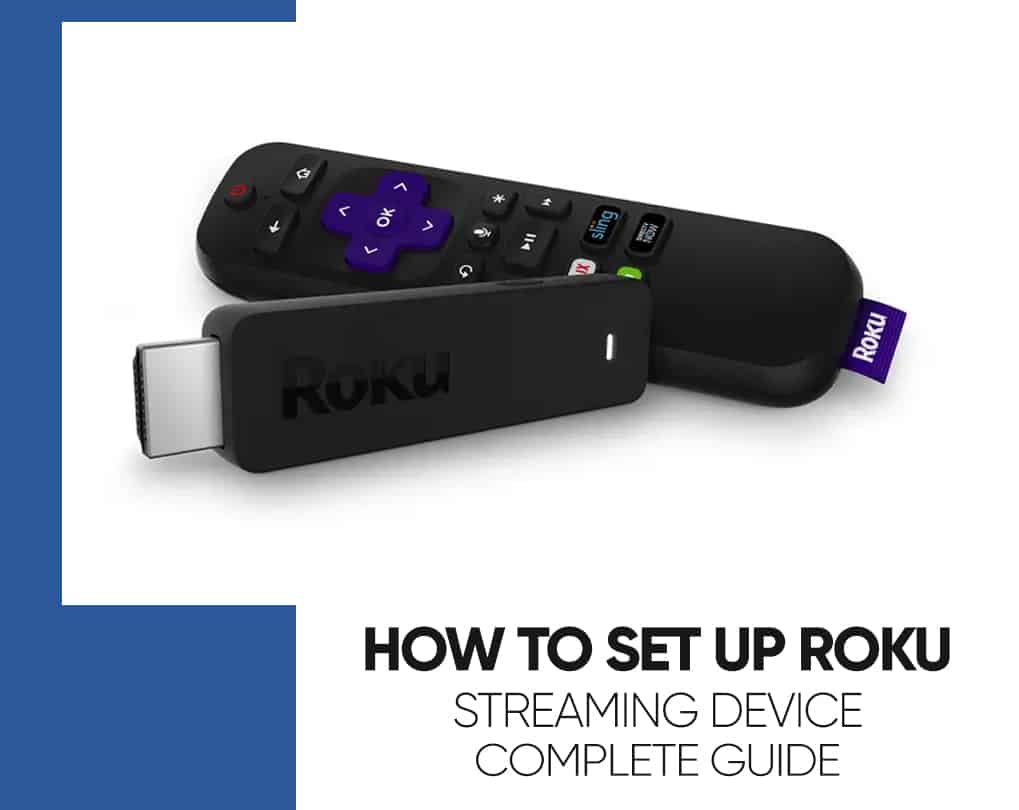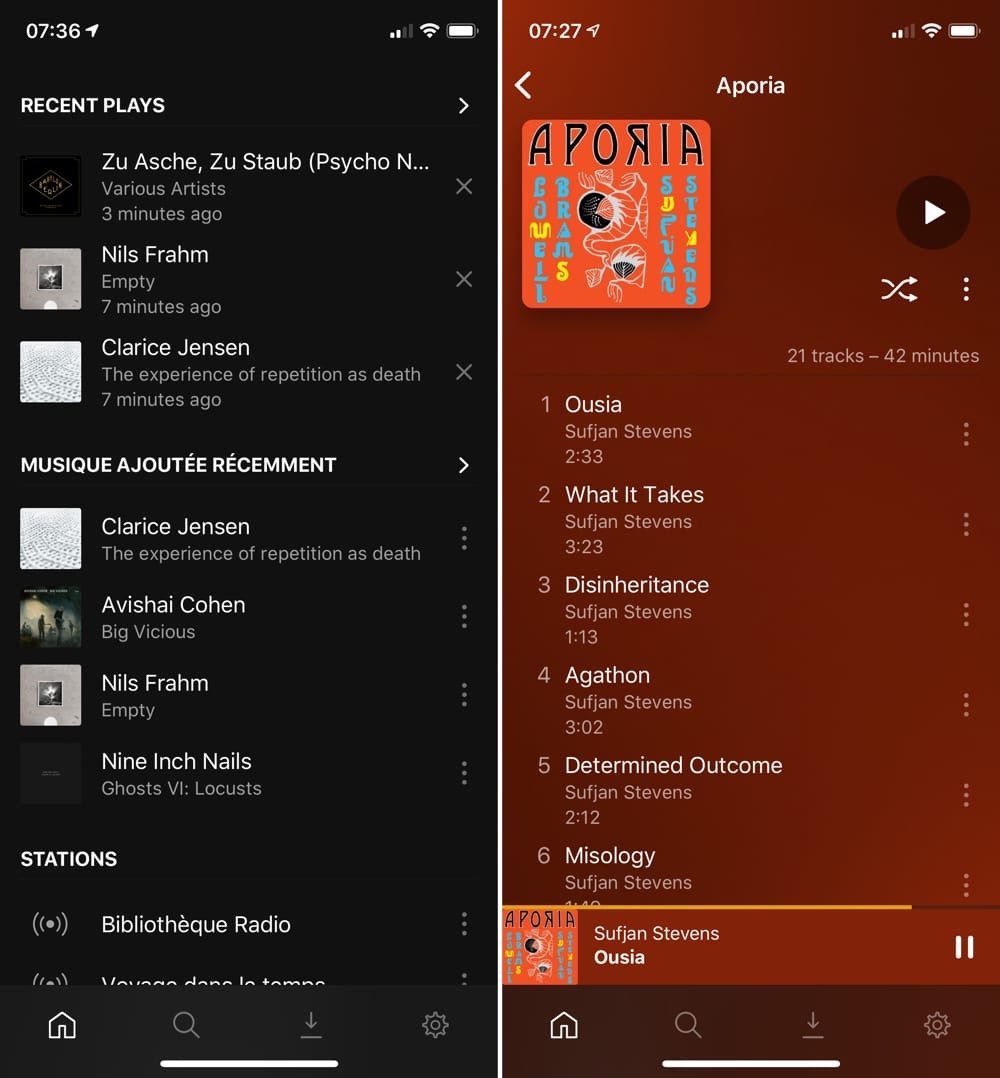

Nobody likes to step into a bathtub without first testing the water, right?īecause you are not really choosing songs to play like a playlist or a radio station would.but, you are tailoring your experience by tolerance to familiarity or unfamiliarity by doing this. Not unlike radio does it, the smaller the collection of absolute favorites, the quicker they come to your player than the random ones.and the middle category is a balance of both extremes. I believe you can get more satisfaction out of your random-listening-time, if you shuffle one from the Favorites category, one from the Like It category, and one from the Everything Else category. But you end up with a good collection of songs you are passionate about, a larger basket of those you enjoy frequently, and a vast collection of unfamiliar tracks, all waiting to be sampled.in varying levels of priority. You could even go deeper with this, but nobody likes all the busy-work. Finally, leave the balance of the rest in the largest pool. Put tracks that you love but aren't quite as passionate about, in another. My proposal is, whether by playlists or separate folders or just using the rating stars in the metadata, you find whatever method works for the system you are in, to keep the tracks you dearly love and are in the mood for all the time.in one place. Radio is extreme with this, but we appeal to a wide audience and are focused on not losing them every minute you don't have to think like a pop station to use some sort of structure. Just like the desire to eat dessert first, you are more in the mood to enjoy an unfamiliar track from out of nowhere, if you have already satisfied yourself with something you love. Most people don't pay attention to this part of the listening experience, but I firmly believe, you are more likely to get more out of your library if you don't just expose yourself to the entirety of it equally. Use the random experience to its' best effect by doing a little bit of sorting.ĭecades in radio have taught me the concept of high rotations and lunar rotations. You may have to try a few times to get everything working as it should.What excites me most about streaming, is the ability to juggle your shuffles. Plex have done a lot of work behind the scenes to make sure everything works as planned but it isn’t perfect. Alexa is linked to Plex and now has the skills necessary to command your media server. Select Authorize to link Alexa with Plex.Sign in to Plex when prompted and authenticate.Or Open the Alexa web app and navigate to Skills.
#PLEXAMP FOR ROKU INSTALL#
Download and install the Plex skill from here.Once enabled, the screen should go green and you should see a window like the image above. Select the orange ‘Enable Remote Access’ button in the center of the screen.Open Plex and select Settings in the top right of the main page.If you turned it off for extra security, you will need to enable it again.

If you didn’t change the default setting when installing, it will already be enabled. First let’s set up remote access for your Plex Media Server.


 0 kommentar(er)
0 kommentar(er)
